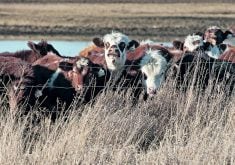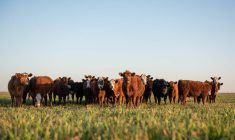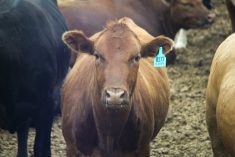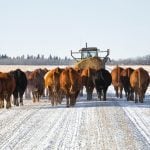Strong domestic and international demand coupled with dwindling supply is raising North American calf prices but cashed-strapped farmers are still struggling.
At the end of September, calf prices were about $272 per hundredweight, up 21 per cent from a year ago, said Brenna Grant, executive director of Canfax.
[RELATED] A NEW DAWN: Cattle producers get some relief with higher prices
Read Also
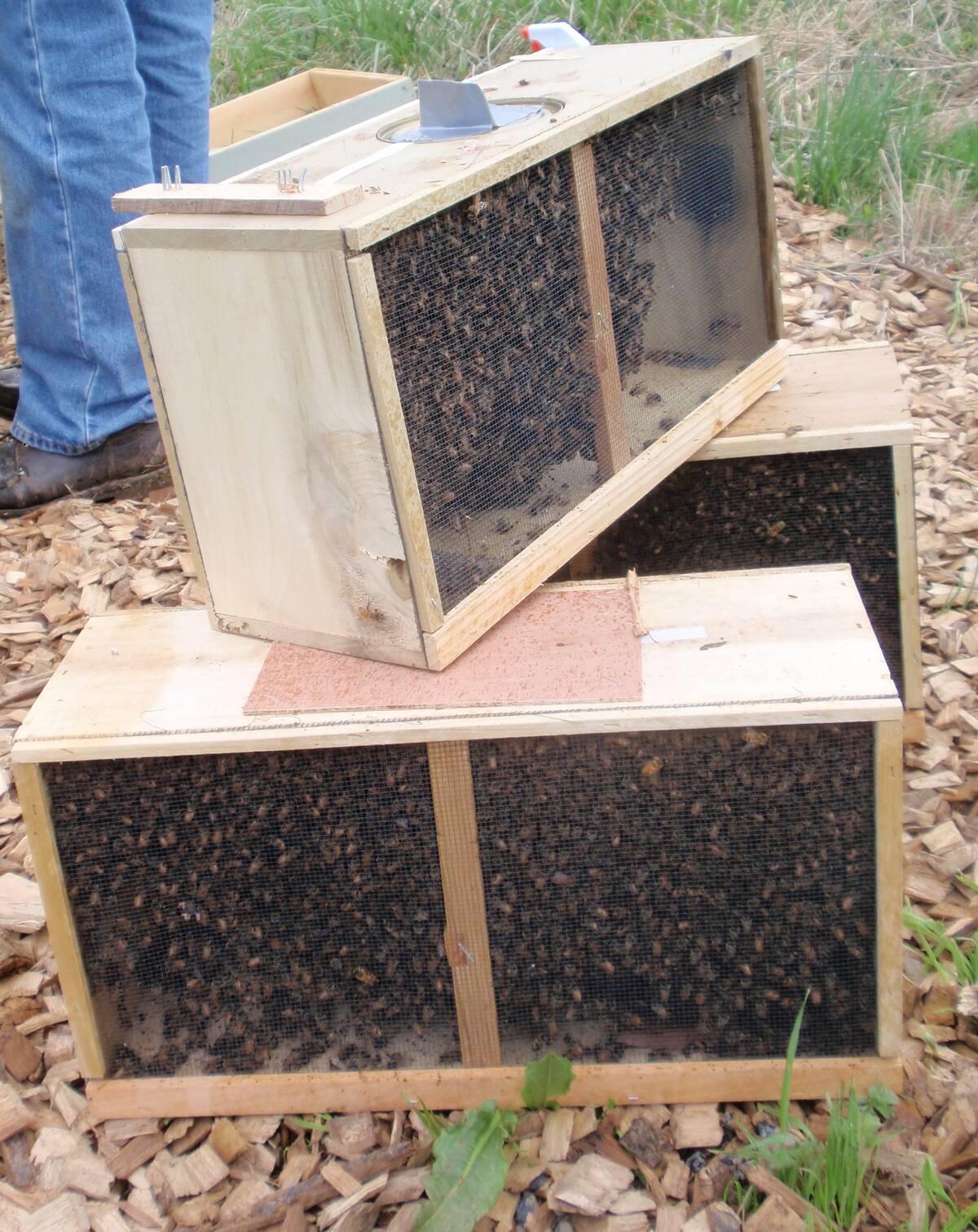
Canadian beekeepers call for regulatory accountability
Beekeepers say the Canadian Food Inspection Agency should restore U.S. packaged bee shipments, claiming the agency isn’t following evidence.
Prices are the best they’ve been since 2014-15, but are levelling out while the cost of grain is “keeping things in check,” she said.
“There’s definitely competition from feedlots, both in the U.S. and Canada, to fill pens this fall,” said Grant. “I think we have potential to keep prices stable at current levels given where the futures market is, on that strong demand side.”
And the demand outlook is good because North American beef production could drop by four per cent in 2023, she added.
According to the provincial government, cattle prices in Alberta were up by 15 per cent in July versus a year earlier at just over $165 per cwt., the second highest provincial price in Canada. Calf prices increased 8.3 per cent year-over-year in July to $196 per hundredweight.
Normally prices are weaker heading into the fall calf run, noted Grant.
The cost side is another story. Feed prices hit record highs after last year’s drought. However, by early July, the prospect of better yields pressured barley and corn prices downward and that brought a new dynamic to the sector, said Grant.
[RELATED] Take the long view by preparing for next year right now
“It was mid-August when guys were like, ‘Hey we’ve got a really strong futures market for cattle combined with these cheaper feed grains. We can be paying more for calves.’
“And there’s strong demand going into fall, which has really spurred on this calf market.”
Demand traces back to consumers. During pandemic lockdowns, people around the world pivoted from eating beef in restaurants to preparing it at home, said Grant. The change has persisted.
“So we’ve got really strong global demand for beef,” she said. “On the supply side – because this is equally a supply story – is the fact that the U.S. started liquidating their cow herd in 2019. They are now down about six per cent.
“Some of that decline sort of masks what future supplies are going to be, because we had drought-induced placements. We had catch up from the backlogs of COVID.”
Heading into the fourth quarter, slaughter supplies are going to tighten, said Grant.
“We are looking at declining supplies of beef in both Canada and the U.S.”
Statistics Canada reported in early July that Western Canadian cattle inventories were down 3.2 per cent to 9.5 million head. Increases of up to 1.4 per cent were reported in Alberta, although that was expected to be larger due to drought in 2021, said a recent provincial government report. It noted that breeding heifer numbers declined in western provinces, with Alberta reporting a 9.4 per cent reduction.
Still, high prices don’t necessarily mean boom times for the beef industry, say officials with Alberta Beef Producers. Operating costs remain high and farmers are still cash strapped, said chair Melanie Wowk.
“If people don’t get the money they need to make some of their payments and dig their way out of last year, I think we are going to lose more people,” said Wowk. “If cow prices recover and are relatively strong this year, I think that there will be more people selling.”
High calf prices don’t necessarily mean more money in ranchers’ pockets because feed and fuel prices, along with the overall cost of living, remain high, added ABP vice-chair Jason Hale.
“If we didn’t see higher prices than last year, we were going to see more and more people exit the market,” he said.
Can beef producers optimize their operations under current market conditions? That’s a difficult question, said Hale. Farm economists usually recommend building herds when prices are strong.
“That’s tough, because we all have bills to pay,” he said. “Over the last few years, the bills have increased so people might have to sell more calves than usual. I know personally I usually sell most of my calves. I’m going to do that again to take advantage of these high prices.”
What happens next spring is anyone’s guess, said Hale. It depends on feed availability.
“I know I can’t keep a whole bunch, because I need to ensure that I have enough feed to make it through the winter,” he said. “And if it’s a tough winter — cold and lots of snow — you need more feed.”
He advises producers to stay current on industry trends and market moves, including those from his organization. It posts weekly Canfax reports at www.abpdaily.com along with industry news and a podcast.
“We can never stop learning from other producers,” added Hale.



